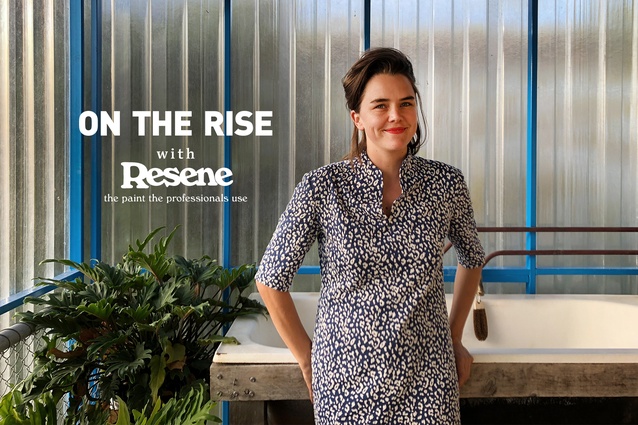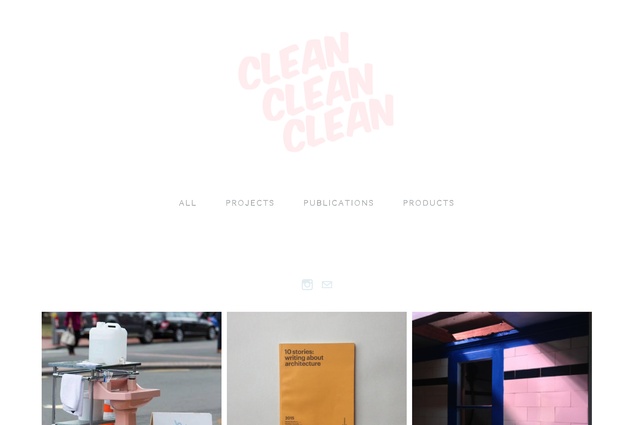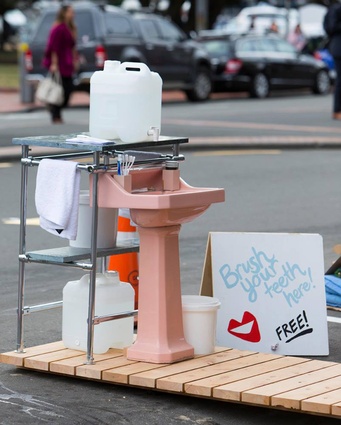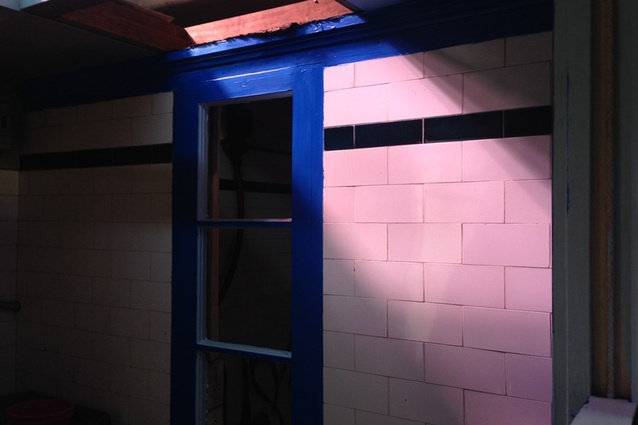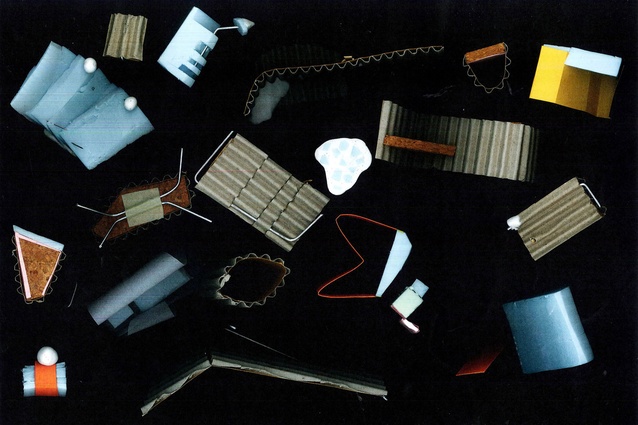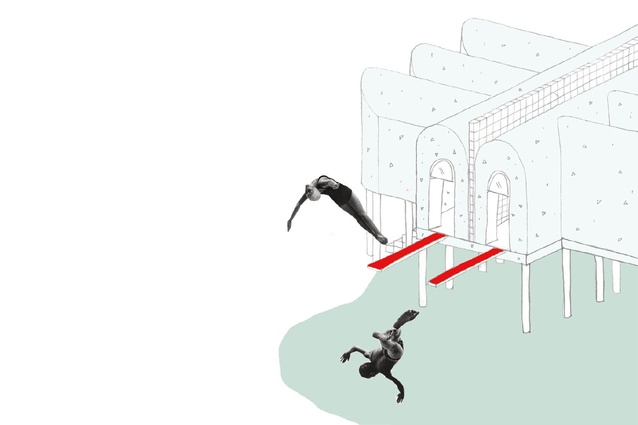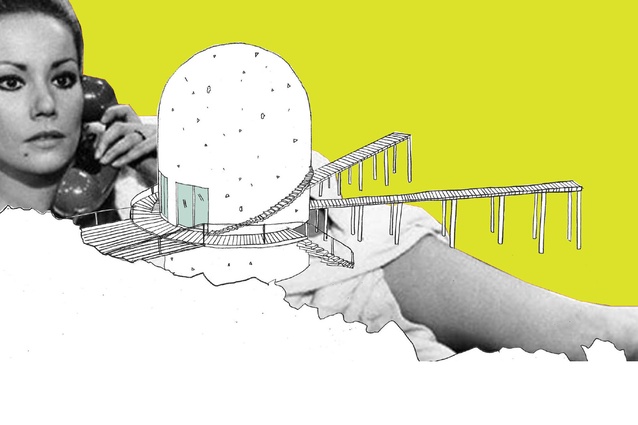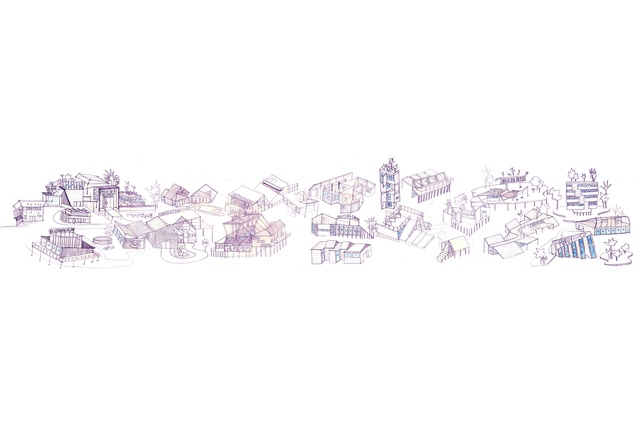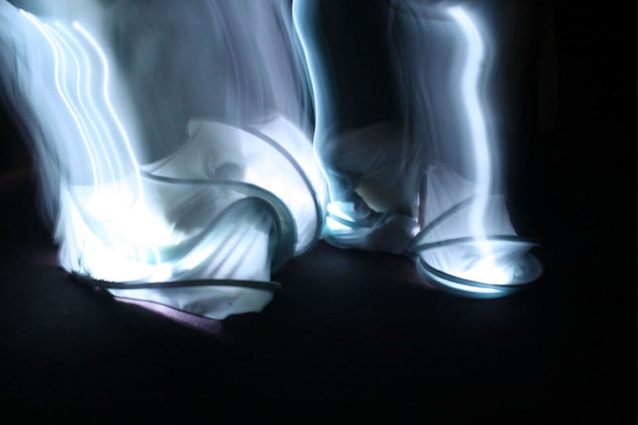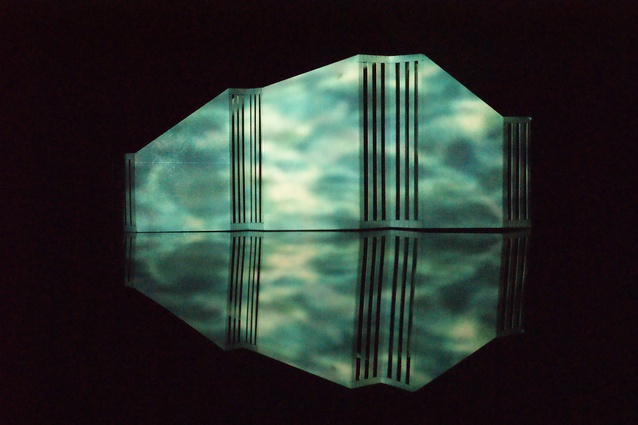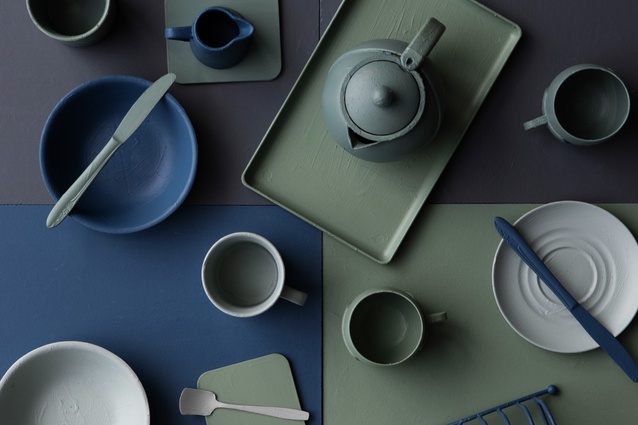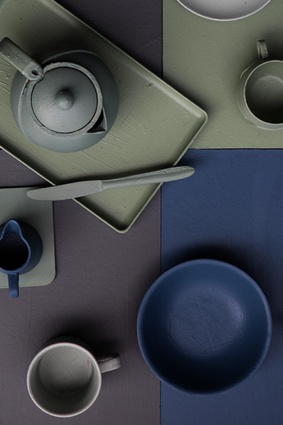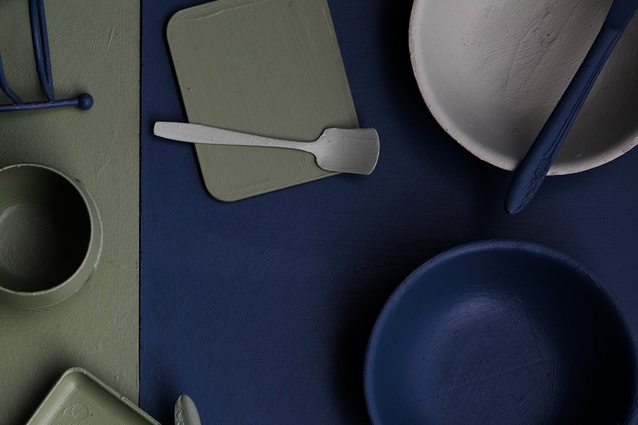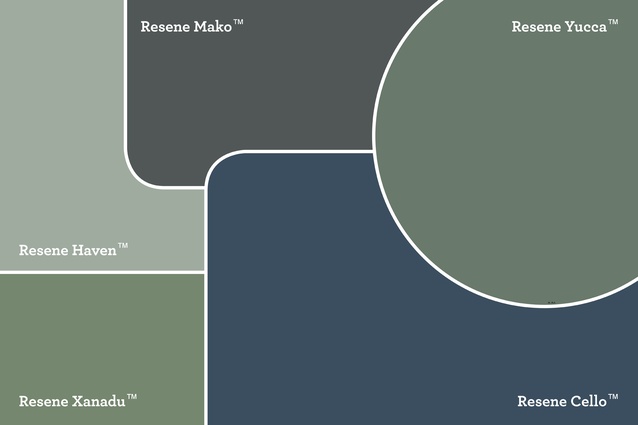On the Rise: Natalie Bradburn
The ArchitectureNow On the Rise series, supported by Resene, focuses on up-and-coming young designers and architects from across New Zealand. For the eighth interview in the series, we talk to Natalie Bradburn, architectural graduate at Dalgleish Architects in Whanganui.
Amelia Melbourne-Hayward: Where did your journey into architecture start?
Natalie Bradburn: I actually started out wanting to be a fashion designer, I was obsessed with making clothes in high school. I completed a series of different papers at RMIT in Melbourne, including art history and French, just trying to figure out exactly what I wanted to do. I ended up moving back to Auckland to start a Bachelor of Interior Design at Unitec.
AMH: What prompted the switch from fashion to interior design?
NB: I was terrible at sewing and realised if I wanted to work in fashion I needed to either make my own clothes or devise a business where everything was made offshore, which didn’t really appeal to me. I was also becoming more interested in people’s houses and spaces.
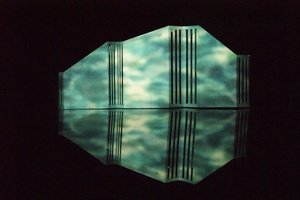
AMH: Did you have family members in architecture who inspired you?
NB: Not at all, I have always resented the idea that you have to know from birth that you want to be an architect. I have always had a little office in (or under) the house somewhere, I was always drawing, writing and making a mess. It was only in my fourth year at uni I realised that all the things I was interested in could come together in architecture.
AMH: You had an interesting journey to get there! You studied at Unitec for two years, then moved to study architecture at Auckland University, why?
NB: Unitec was going through some big changes and I had some great mentors, such as Rachel Carley, who helped me transition into architecture. Going from second year interiors to third year architecture wasn’t common but Rachel had an incredible programme at Unitec and that made the move possible.
For my fifth year, I moved to Wellington and studied at Victoria University. Perhaps if I had studied at one uni the whole time I would’ve been a bit more productive, there was a lot of stopping and starting at times.
AMH: I can only imagine! Your thesis was on ‘Who Killed Eileen Gray?’ What did that look at?

NB: It looked at E-1027, Eileen Gray’s villa in the south of France. I wanted to see if Eileen could teach me some things about design by investigating the project and drawing out design elements. I treated the project like a crime scene investigation, it was a type of Cluedo.
AMH: You were working at Geoff Fletcher Architects in Wellington in 2015 to 2016, can you tell me about your experiences there?
NB: Geoff is the most incredible architect. He has a gold tooth and a dry sense of humor, with a straight face he’ll offer you an instant coffee with sour milk. He’s very funny and he does seriously good buildings. Geoff does a lot of beautiful residential work in Wellington that I helped out with and he really mentored me.
AMH: After you graduated, you went to work under Felicity Wallace, in a small rural practice in Marton. That must’ve been a very different experience?
NB: I had just had a baby and all of my friends were getting jobs at flash practices in Auckland while I was thinking, ‘how the hell am I going to become an architect in Whanganui?’ Working for Felicity was amazing, it helped me to realise that there are so many ways of practicing that don’t involve big commercial practices or even living in a city. She was extremely flexible and open to how it worked for both of us, which was ideal with a new baby.
AMH: What sort of things did you work on with her there?
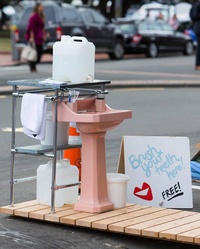
NB: Felicity works on residential projects all over New Zealand. The first thing I completed was a small bathroom project, just to help me understand the process of doing a consent. I worked on drawings, specifying products and visiting suppliers, a whole range of things. It was the perfect first job after graduating, I really loved it!
AMH: You’ve only just started at Dalgleish Architects in Whanganui, what is it like being based there after living in the big smoke?
NB: When I left Wellington everyone was so concerned about what was going to happen to me! My brother thought I was moving somewhere without reception or supermarkets. The people in Whanganui are amazing and friendly, it’s really a beautiful place and I love living here.
AMH: Do you have any ideas around what future direction you’d like to go in architecture?
NB: I’m still figuring out where I fit in architecture and at the moment I’m just working towards getting registered. I’m really interested in thinking about ways people live. I would love to work on smart, well-designed medium-density residential on small plots, we could do with so many more of them in New Zealand. I’m also obsessed with reformulating our idea of the bathroom.
AMH: Tell me about your fascination with bathrooms and toilets…
NB: It started with domestic toilets. I’m mortified that the toilet is now inside the house and would love to get it back outside again! I find it crazy that even very expensive homes still have these tiny bathrooms and toilets. They don’t have to be just a place of ablutions, they should be enjoyable spaces.
AMH: So how do you propose we design toilets?
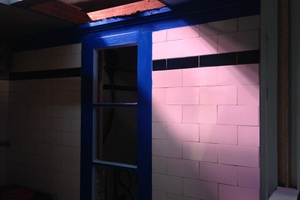
NB: Toilets should go outside of the house and bedrooms should have basins, which isn’t a new idea in any regard. If I had it my way, every element of the bathroom would be segregated into some other part of the house.
AMH: Speaking of toilets, you did a collaboration in 2015 with fellow Auckland University student Sam Aislabie where you started a design practice in a decommissioned public toilet on Wellesley Street. What were the ideas behind that?
NB: The Auckland Council were in the process of leasing out five of their public toilets and they turned it into a type of competition that anyone could enter. Someone else won but they were miles off using the space, so we occupied it for a semester and started Bad Practice. We basically set up an office in the toilet, we’d have meetings and crits, make models and have drinks on a Friday. Bad Practice was all about imagining what a practice could look like for us.
AMH: That sounds quite weird… but also pretty cool! You’ve done a lot of architecture writing, when did you get into that? What do you like about it?
NB: I started writing about architecture because I wanted to get better at it. There’s a speed to writing for magazines which contrasts to writing a thesis. I always really enjoyed writing presentation crits. The buildings in my projects never ended up looking that great because I spent so much time writing about them!
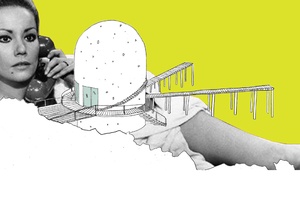
AMH: Anything else in the pipeline with your writing? Any upcoming books?
NB: I’m always up for writing about toilets! I would also love to write a book about Felicity Wallace. There’s just nothing about her online and she does the most amazing projects that you never see because she often doesn’t publish them. If someone doesn’t record what she’s done, her work will disappear.
AMH: What sort of aspects of working in architecture do you like the most?
NB: I’m still trying to figure out what the job involves! There are so many aspects to it, it’s insane. My instinct tells me I just want to work in a small practice, but it’s amazing how many things you have to have in your head at the same time when you run a practice, I don’t know how anyone gets any work done!
AMH: I certainly don’t know how you guys do it. Is juggling and managing the different tasks the most challenging part to the role, in your view?
NB: One of the biggest challenges that I see from speaking with peers and architects is getting everyone onto the same level: ensuring your builder is coming in at the right cost, the clients are happy, the council is content, you’re happy with the design, etc. So often it doesn’t all line up no matter how hard you are working.
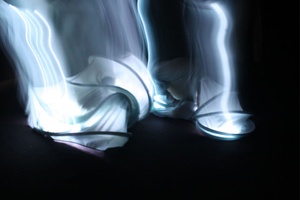
AMH: Do you think architecture school set you up for the realities of practice?
NB: No way, but I’m so happy it didn’t. Everyone always talks about architecture schools needing to be more industry focused and I understand why they say that. You do emerge without the skills you need to crank out working drawings, but I feel that you’re going to be dealing with the realities of practice for the rest of your life.
The five years you get at school is to just concentrate on a way of working and designing and following your intuition. Not having to deal with real life pressures can be really constructive.
AMH: Do you think that practices realise when they get new grads in that they won’t have all those real life skills?
NB: It depends where you go, but no one would expect a grad to know the building code inside out. I was really staunch throughout university in believing that architecture school should be more open and less controlled by industry, but after I graduated I was still really unsure that someone would give me a job – I didn’t know how to use any CAD programs! I was lucky to work under architects who had more of an understanding of the apprenticeship.
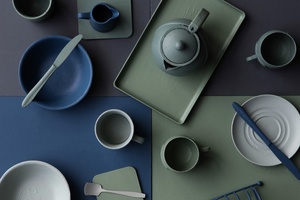
AMH: What is one piece of advice you’ve give to your student self?
NB: Photograph everything! I feel that if you don’t have really good photos to document things, they just disappear.
AMH: As part of the series, we asked you to create a mood board to illustrate your influences and inspirations. What ideas are behind this and why did you use these particular Resene colours (Mako, Xanadu, Yucca, Haven and Cello)?
NB: My influences can be so varied. I often get excited about someone’s outfit or even a kids book that uses colour well. I think about colour often and try to surround myself with it as much as I can, but I sometimes hear people saying they don’t use colour because it’s so hard to get it right – that’s why there is so much white and grey around. You can’t get it right all the time, but you have to start somewhere.
Lately I have been looking at some of Joseph Albers’ work, who was a teacher and painter himself. This combination has been derived from a series of paintings he completed in 1976 titled Never Before.
AMH: Lastly, five essential things you need to get through your work day?
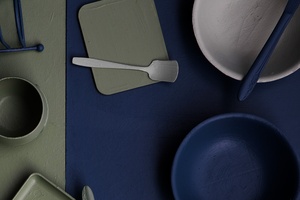
NB: I know everyone says it, but I drink so much coffee, I need at least two cups before I even think about leaving the house. I also have to have some sort of childcare organised for Marlowe.
I wear my Blundstone work boots everywhere and fresh air between computer screen time is absolutely essential. And, finally, I always have a measuring tape in my purse, which comes in handy most days.
Read the first On the Rise interview with Haley Hooper, the second with Geordie Shaw, the third with Maria Chen, the fourth with Ed Dromgool, the fifth with Beth Cameron. You can find the sixth with Te Ari Prendergast here, and the seventh, with Raphaela Rose, is here.
The ArchitectureNow On the Rise series is generously supported by Resene.

